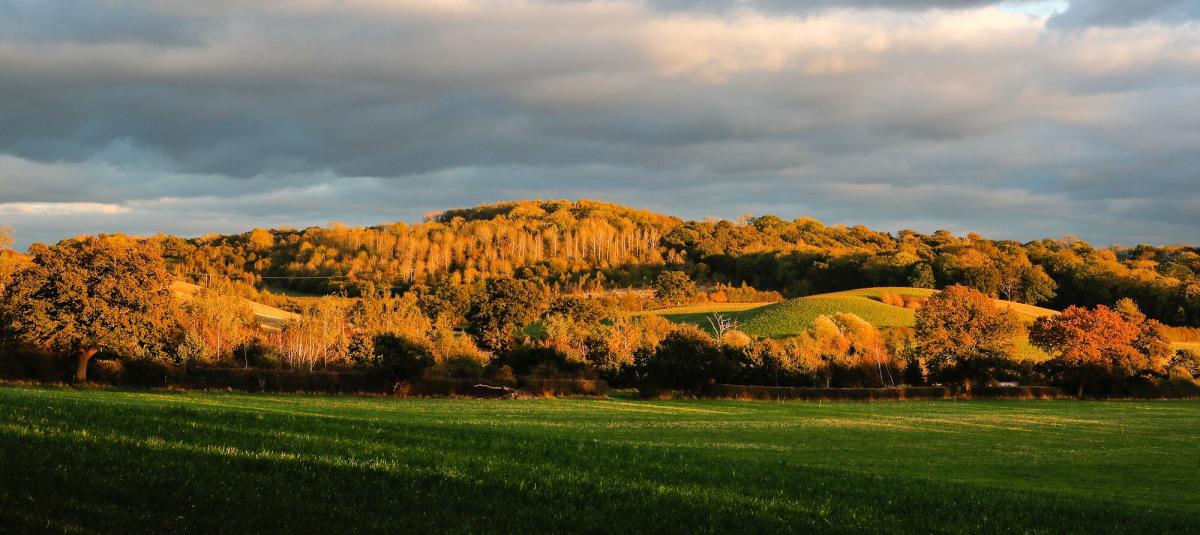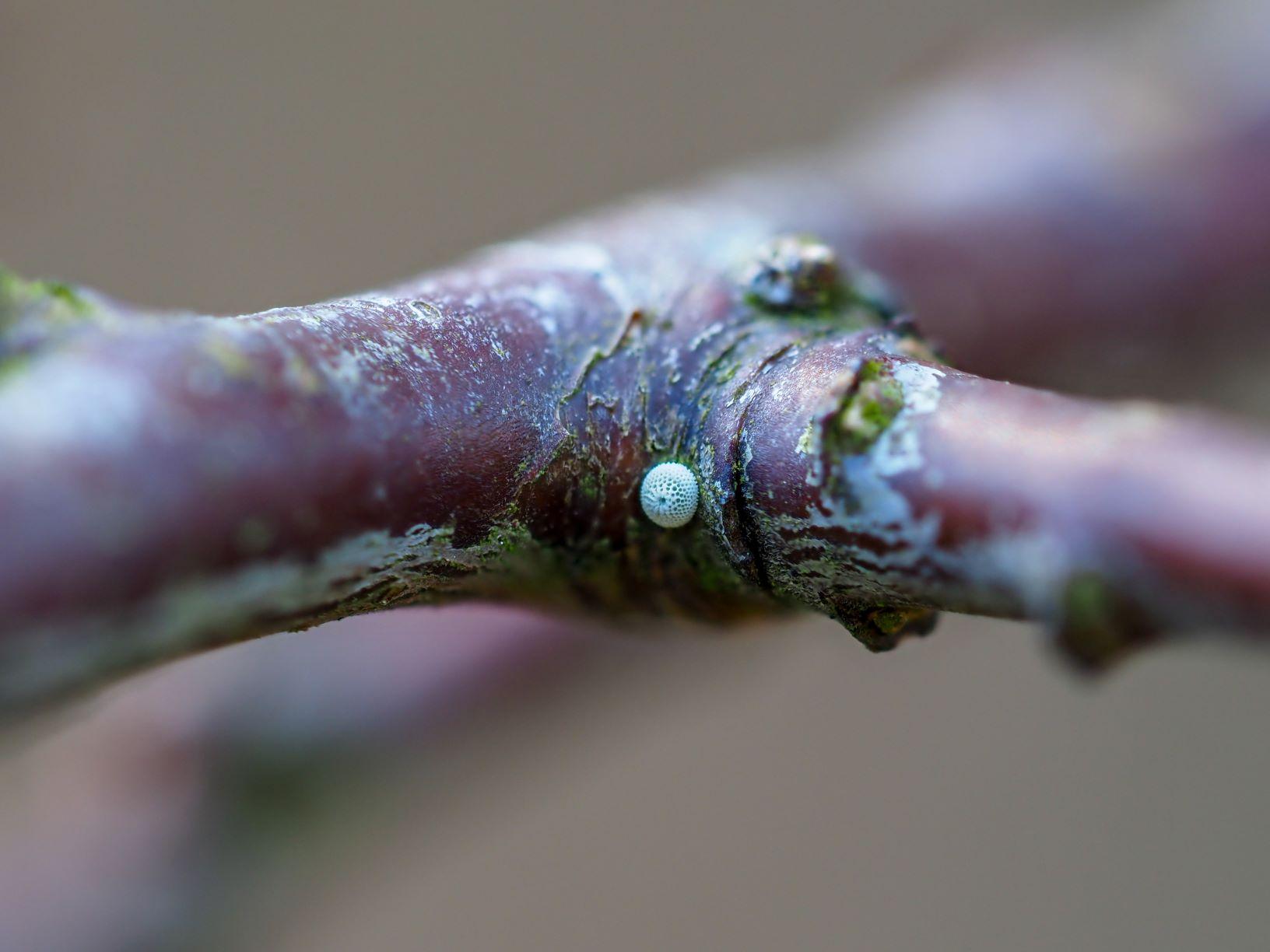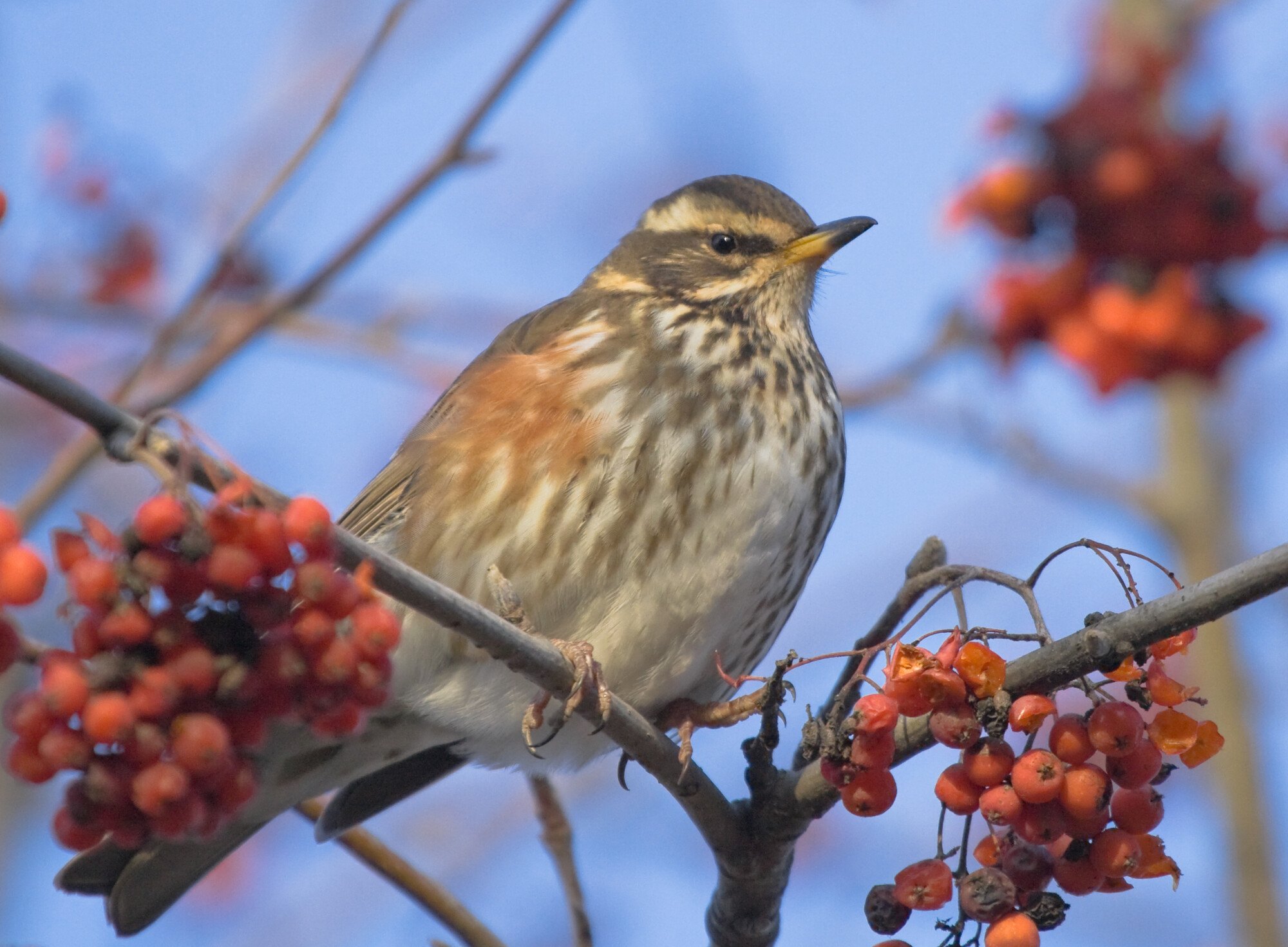
A lifeline for nature: valuing the Forest’s hedgerows
Whilst often viewed as simply a border that divides different areas of land within the Forest, hedgerows are in fact a critical element that help unite and connect diverse habitats and play a vital role in our conservation work.
A habitat under threat
From a home for the remaining English elm, to a species ‘super-highway’ for numerous varieties of insects and small mammals, and a powerful tool in helping fight the climate crisis, there is much more to the humble hedgerow than first meets the eye.
Despite being so beneficial for nature and wildlife, hedgerows have been in rapid decline over the past eighty years or more with over 300,000 miles of hedgerow lost in the UK since 1945. This is largely due to neglect and changing agricultural practices, but also because of human development such as the building of roads and railways and the expansion of towns and cities.
In the Forest we are working hard to reverse this downward trend, planting native broadleaf trees such as oak along hedge lines, undertaking planned management and employing age-old hedge-laying techniques to ensure our ancient hedgerows thrive. Alongside man-made threats to hedgerows there have also been some more natural causes for their decline, as an outbreak of Dutch elm disease in the 1970s led to the loss of huge areas of hedgerows across the country.
We are not the only organisation to be highlighting and addressing the decline of hedgerows. Natural England, the country’s environment watchdog has recommended England’s hedgerow network should be increased by 60% on account of their high biodiversity value; and the UK’s Committee on Climate Change stated in a 2019 report that the hedgerow network be extended by 40% as part of the UK’s 2050 net zero target, as their deep roots are valuable in sequestering carbon.

Wild at heart
We have 150 miles of hedgerows in the Forest, all of which are particularly valuable to wildlife, supporting around 50% of our mammals, 30% of our butterflies, and 80% of our woodland birds, as well as amphibians and reptiles too. There are currently 130 Biodiversity Action Plan species associated with hedges including lichens, fungi, and reptiles, and many more use them for shelter, food, and safe passageway through the countryside, hidden from view of predators.
Whilst all hedges play host to a variety of wildlife, ancient hedges which have developed over hundreds or even thousands of years support the most diverse range of inhabitants, as their labyrinthine interiors conceal routes along which small animals such as voles, hedgehogs and mice can move unseen. These linear wildlife corridors also help with seed dispersal as animal carriers such as foxes, badgers and stoats travel up and down them, using them as connections between different parcels of land. At night bats use hedges as a navigation aid as they commute between their roosting sites and feeding areas.
The Red List for Mammals published in 2020 confirmed that almost a quarter of our native mammals are at risk of extinction, and the number of birds on The British Trust for Ornithology’s UK Red List for Birds of Conservation Concern has doubled in the last 25 years. One of the main reasons for this decline is loss and fragmentation of habitat, including hedgerows, which is why our work to protect and enhance the hedgerows of the Forest is so important.
The positive results of this work can already be seen throughout the Forest and as the seasons change. During the winter months birds like fieldfare and redwing can be seen feeding on berries all over hedgerows, whilst hedgehogs and harvest mice nest and feed among them. Blackthorn in our hedges is especially valuable because the rare brown hairstreak butterfly only lays its eggs on relatively young blackthorn leaves.

A nature-first approach to management
Ongoing management and maintenance of hedgerows in the Forest is essential to ensuring that they, and the species that rely on them, can thrive – but it can also sometimes be a thorny issue!
Hedgerows that are optimised for wildlife are, by nature, a little untidy as we need to let our internal hedgerows grow naturally and expand out to provide hibernation spots for wildlife and allow flowers and fruit to grow in abundance. By leaving the hedgerows to grow there are nectar-rich blossoms in the spring and summer, extending the food source for our pollinators, and berries and fruits in autumn and winter.
Hedgerow management is not standardised in England and some practices can be more damaging than others. If hedges are cut too severely or too frequently it can lead to loss of wildlife and gaps, which means habitats are disconnected from one another and species such as dormice are no longer able to use them for safe passageway. Our approach is to cut just one side of the hedgerows each year, on a three year cycle, to help mitigate against this, although we will of course cut back any areas as needed that cause, for example, a highway hazard alongside the road network.
We carry out our scheduled management programme outside of the bird breeding season (i.e. from September to mid-February), but prefer to leave as much of our hedgerow management as late into autumn as possible, to extend autumnal food and shelter for our Forest wildlife.

Currently in England and Wales hedges that meet certain criteria around age, location or size are protected by law under the 2024 Hedgerow Regulations Act, but the trees within them are not protected from removal or inappropriate cutting.
As focus on the climate crisis increases and the understanding of how hedgerows as habitats can help mitigate against the impact of climate change becomes greater, we hope that more people will come to appreciate the enormous value of hedgerows to our natural world and join us in taking steps to protect them for generations to come. You can support our work by becoming a Friend of the Forest.



